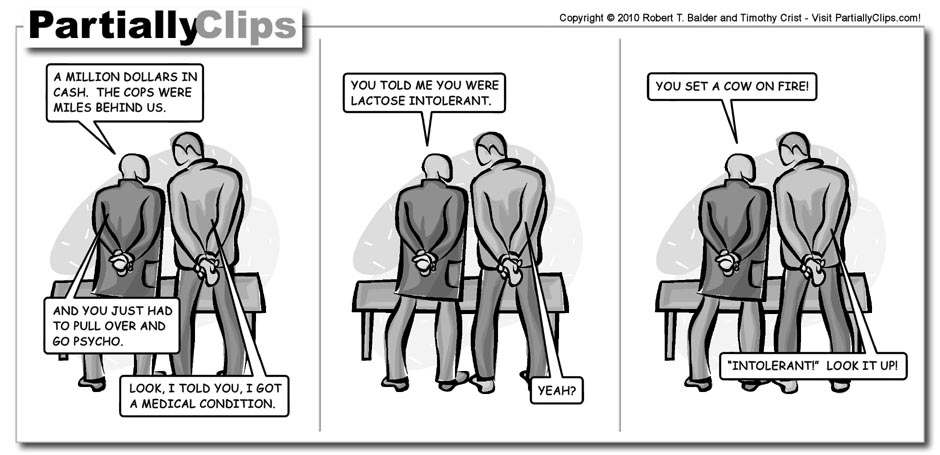Tone collections and affective reactions
A few days ago, I pointed to a recent paper arguing that "major and minor tone collections elicit different affective reactions because their spectra are similar to the spectra of voiced speech uttered in different emotional states" ( Daniel L. Bowling et al., "Major and minor music compared to excited and subdued speech", Journal of the Acoustical Society of America, 127(1): 491–503, January 2010).
The argument in this paper has a nice rhetorical shape: the authors use a new form of quantitative analysis to explain the psycho-physiological substrate of a generally-accepted cultural association. But in this case, both sides of the explanation strike me as having some very odd properties. In this post, I'll try to explain what struck me as strange in their characterization of the cultural association between "tone collections" and "affective reactions". At some point in the future, I'll return to their quantitative analysis of music and speech.
Read the rest of this entry »


